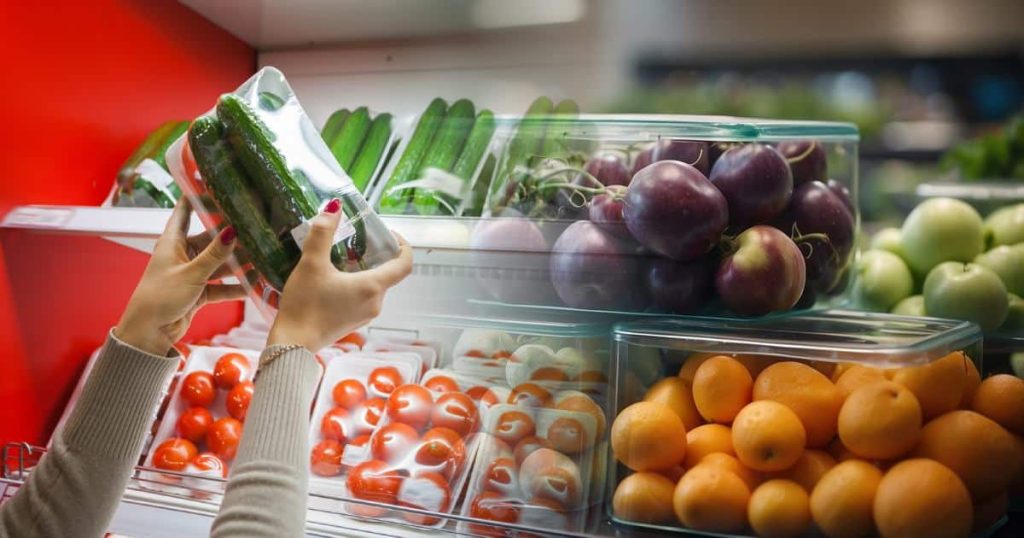
Introduction: Why is Nitrogen the “Invisible Guardian” of Food Packaging?
Walking into the supermarket shelves, whether it is crispy baked bread, fresh chilled meat, or fresh-locked packaged fruits and vegetables, there is an “invisible guardian” behind them – nitrogen. For the food packaging industry, extending the shelf life, ensuring food safety, and maintaining food taste are core needs throughout the production process. However, the key “culprits” leading to food spoilage are precisely oxygen, moisture, and microorganisms in the air: oxygen causes food oxidation, leading to rancidity of edible oil, deterioration of bread taste, and dull color of meat; moisture provides a hotbed for microbial reproduction, accelerating food mildew; microorganisms directly threaten food safety and cause gastrointestinal problems.
Traditional food packaging mostly relies on vacuum packaging or liquid nitrogen filling. But vacuum packaging easily causes fragile foods (such as potato chips) to be crushed and deformed. Liquid nitrogen has high transportation costs, high storage risks, and there is volatilization loss (usually the loss rate reaches 15%-20%). With the upgrading of technology, the PSA pressure swing adsorption nitrogen generator has become a new choice in the food packaging industry due to its advantages of “real-time nitrogen production, adjustable purity, and controllable cleanliness”. As a brand focusing on PSA nitrogen generators for the food industry, Minnuo always adheres to the concept of “controlling cleanliness from the source and ensuring purity from details”, and provides food enterprises with stable and safe nitrogen solutions with international-level configurations and food-grade designs.
I. Basic Knowledge: Understanding PSA Nitrogen Generators, the Key to Choosing the Right Nitrogen for Food Packaging
1. What is PSA Nitrogen Generation Technology?
PSA (Pressure Swing Adsorption) nitrogen generation technology is a technology that uses the “selective adsorption” characteristics of adsorbents for oxygen and nitrogen in the air to achieve nitrogen separation under pressure changes. Its core principle can be summarized as “double-tower cycle, alternating adsorption – desorption”:
- Adsorption stage: Compressed air enters the adsorption tower filled with molecular sieves. Under a certain pressure (usually 0.6-0.8MPa), the molecular sieves preferentially adsorb impurities such as oxygen, carbon dioxide, and moisture in the air. Nitrogen, due to its weak adsorption capacity, directly passes through the adsorption tower and becomes high-purity product gas.
- Desorption stage: When the molecular sieves in the adsorption tower are saturated with adsorption, the system automatically switches to another adsorption tower to continue nitrogen production (to ensure continuous nitrogen supply). At the same time, the saturated adsorption tower is depressurized, allowing the adsorbed impurities to be discharged with the exhaust gas. The molecular sieves recover their adsorption capacity and prepare for the next cycle.
The entire process does not require chemical reagents and only realizes nitrogen separation through physical adsorption. The nitrogen production speed is fast (it can reach the set purity within 5-10 minutes after startup), and the purity can be adjusted according to needs (usually between 95% and 99.999%), which perfectly matches the diverse needs of food packaging.
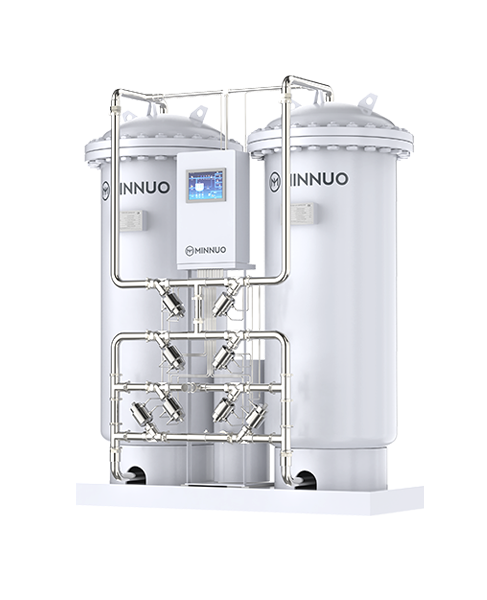
2. Three Core Indicators to Consider When Choosing Minnuo PSA Nitrogen Generator for the Food Packaging Industry
For food packaging, a PSA nitrogen generator is not just “as long as it can produce nitrogen”. The following three core indicators need to be focused on, which are also the core starting points of Minnuo’s product design:
- Nitrogen purity: Different foods have significantly different purity requirements. For example, baked foods (bread, biscuits) require more than 99.5% nitrogen to prevent oil oxidation; chilled meat and cooked food require more than 99.9% nitrogen to inhibit microbial reproduction; high-value-added foods (such as freeze-dried fruits and vegetables) require more than 99.99% high-purity nitrogen to achieve long-term preservation. If the purity is not up to standard, it will not only shorten the shelf life but also cause food safety problems in severe cases.
- Nitrogen cleanliness: Even if the nitrogen purity meets the standard, if it contains oil, moisture, or dust, it will still contaminate the food. Food-grade nitrogen must meet the standards of “oil-free (≤0.01ppm), moisture-free (dew point ≤-40℃), and dust-free (particle size ≤0.01μm)” to prevent pollutants from adhering to the food surface or penetrating into the packaging.
- Operational stability: Food production is mostly continuous operation. If the nitrogen generator suddenly shuts down or the purity fluctuates, it will cause the production line to be interrupted, and the packaged food will be scrapped due to the lack of nitrogen protection. Therefore, the equipment must have stable nitrogen production capacity and real-time monitoring mechanisms.
II. Minnuo PSA Nitrogen Generator: Controlling Clean Air from the Source and Building the First Line of Defense for Food Safety
Clean nitrogen starts with clean intake air. Minnuo is well aware that “if the intake air is not clean, no matter how high the subsequent purity is, it will be in vain”. Therefore, the intake air treatment system adopts a design of “core components from international brands + multi-layer filtration” to prevent impurities such as oil, moisture, and dust from entering the nitrogen generation system from the source.
1. Core Power: Atlas Copco Air Compressor, Stable Nitrogen Production + Low-Oil Output
The air compressor is the “heart” of the PSA nitrogen generator, and its gas production quality directly determines the cleanliness of the intake air. Minnuo selects air compressors from the world-renowned brand Atlas Copco, which has three advantages:
- Low-oil output: Equipped with a high-efficiency oil-gas separator, the oil content in the compressed air can be controlled below 0.01ppm, which is far lower than the food industry standard of 0.1ppm, preventing oil pollution from entering the molecular sieves with the air and contaminating the nitrogen.
- Stable gas production: Adopting frequency conversion control technology, it can automatically adjust the gas production pressure (stable output of 0.6-0.8MPa) according to the nitrogen consumption, avoiding the decrease in adsorption efficiency caused by pressure fluctuations and ensuring stable nitrogen purity.
- Low noise and energy saving: The operating noise is ≤75dB, which meets the noise standard of food workshops. At the same time, it is 15%-20% more energy-efficient than ordinary air compressors, reducing the long-term operating costs of enterprises.
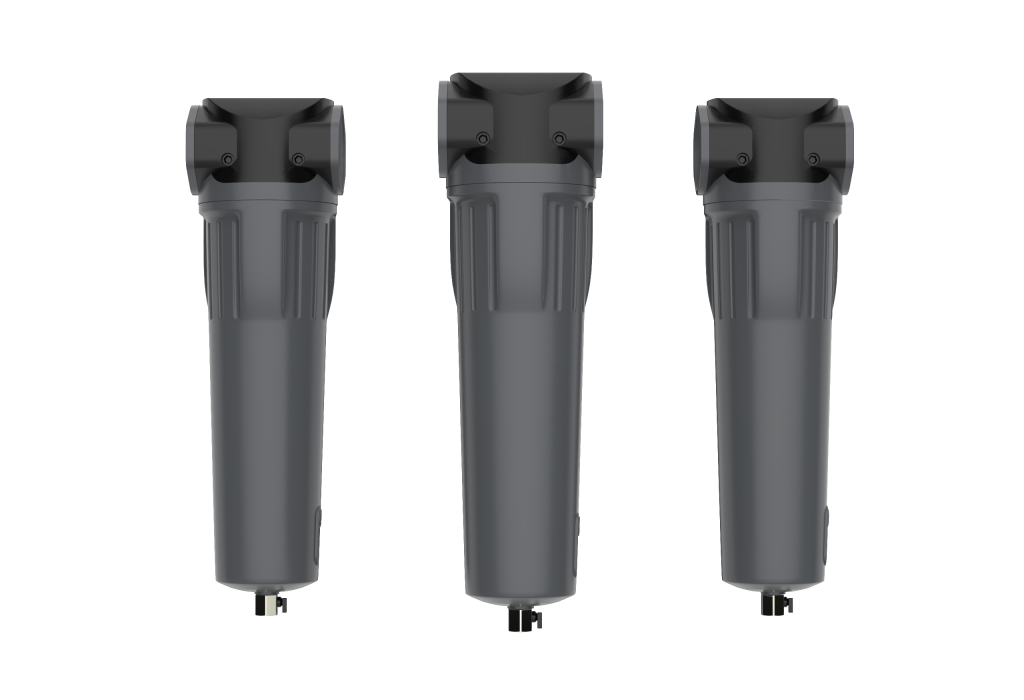
2. Multi-Layer Filtration: Three-Level Purification to Create a “Zero-Impurity” Intake Air Environment
To further improve the cleanliness of the intake air, Minnuo is equipped with a three-level purification system of “pre-filter + precision filter + activated carbon filter” after the air compressor:
- Pre-filter: Removes dust with a particle size of ≥1μm and liquid water in the air to protect subsequent precision components.
- Precision filter: Uses polymer filter materials with a filtration accuracy of 0.01μm, which can remove 99.99% of tiny dust and oil mist.
- Activated carbon filter: Adsorbs odors (such as VOCs) and residual oil in the air, ensuring that the air entering the molecular sieves is odorless and oil-free, and ensuring the cleanliness of nitrogen from the source.
III. Minnuo PSA Nitrogen Generator: Core of Purity Control, International Brand Components Build a “Precision Defense Line”
Nitrogen purity is the “lifeline” of food packaging. Minnuo achieves stable compliance and real-time monitoring of nitrogen purity by selecting core components from top global brands and combining precise control logic.
1. Adsorption Core: Honeywell UOP Molecular Sieve, High-Efficiency Adsorption + Long-Lasting Durability
Molecular sieve is the “core adsorption material” of the PSA nitrogen generator, and its adsorption efficiency and service life directly determine the nitrogen purity and equipment operation and maintenance costs. Minnuo selects molecular sieves from Honeywell UOP (USA). As a leading brand in the global molecular sieve field, Honeywell UOP molecular sieves have three advantages:
- High-selectivity adsorption: Uniform pore size (about 0.3nm), the adsorption capacity for oxygen is more than 10 times that of nitrogen, which can efficiently separate oxygen in the air and ensure stable nitrogen purity (even when the intake air humidity fluctuates, the purity can still be maintained within ±0.1% of the set value).
- Long-lasting durability: Adopting a special molding process, the molecular sieve particles have high hardness (compressive strength ≥100N per particle), are not easy to pulverize, and have a service life of 8-10 years under normal use. Compared with ordinary molecular sieves (3-5 years of service life), it reduces the replacement frequency by more than half and lowers the operation and maintenance costs of enterprises.
- Moisture resistance and anti-pollution: It has good moisture resistance. Even if the intake air humidity occasionally exceeds the standard, there will be no “deliquescence and agglomeration” problem, avoiding the decline in adsorption capacity and ensuring stable operation of the equipment.
2. Monitoring Core: UK Michell Sensor + Ireland NTRON Oxygen Analyzer, Real-Time and Accurate Purity Control
“Invisible purity requires visible monitoring”. Minnuo is equipped with a dual monitoring system to ensure full-process control of nitrogen purity:
- UK Michell sensor: Real-time monitoring of intake air humidity and adsorption tower pressure. The humidity sensor has an accuracy of ±0.5% RH, which can early warn of excessive intake air humidity and prevent the molecular sieve from getting damp; the pressure sensor has an accuracy of ±0.005MPa, which can feedback the adsorption tower pressure in real-time to ensure stable pressure in the adsorption – desorption cycle.
- Ireland NTRON oxygen analyzer: As a commonly used oxygen concentration monitoring equipment in the food industry, the NTRON oxygen analyzer has an accuracy of 0.01% and can display the oxygen content in nitrogen in real-time (for example, if the set purity is 99.9%, the oxygen analyzer displays 0.1%), with a data refresh rate of ≤1 second. If the oxygen content exceeds the set threshold (such as 0.15%), the system will immediately trigger an alarm and cut off the pipeline that outputs nitrogen to the packaging machine to prevent unqualified nitrogen from entering the production process.
3. Control Core: German Siemens Electronic Components, Stable and Reliable + Anti-Interference
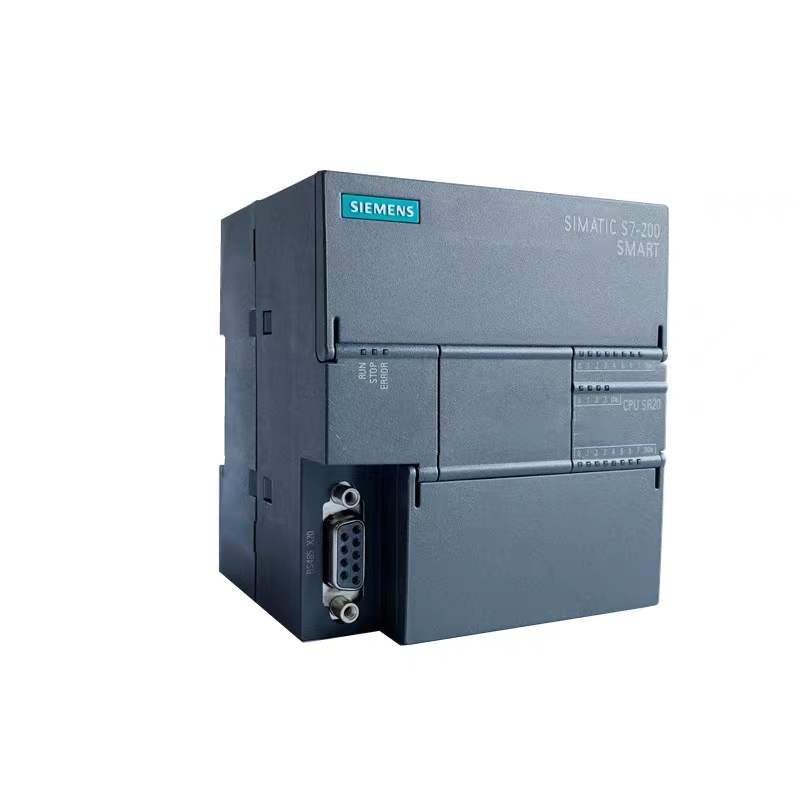
The stable operation of the equipment is inseparable from a precise control system. Minnuo selects German Siemens electronic components, including PLC controllers, relays, touch screens, etc., which have three advantages:
- Strong anti-interference ability: There are many interference sources such as motors and frequency converters in food workshops. Siemens PLC has EMC electromagnetic compatibility certification and can work stably in complex electromagnetic environments, avoiding program confusion and equipment shutdown caused by interference.
- High control precision: It can precisely control the adsorption – desorption cycle time (adjustment precision ±0.1 seconds) and automatically optimize the cycle according to the nitrogen consumption, which not only ensures the purity but also reduces energy consumption.
- Easy operation: Equipped with a 7-inch color touch screen, it can display real-time data such as nitrogen purity, pressure, and flow rate, support parameter setting (such as purity target value, alarm threshold) and historical data query (can store data for 1 year, facilitating traceability), even non-professionals can operate it easily.
IV. Minnuo’s Ingenious Details: Food-Grade Stainless Steel Pipes, Preventing “Secondary Pollution” in Nitrogen Transportation
After nitrogen is produced by the nitrogen generator, it needs to be transported to the packaging machine through pipes. If the pipe material is unqualified or the design is defective, it will cause “secondary pollution” of nitrogen – this is a detail that many enterprises easily ignore, and it is also a key breakthrough direction of Minnuo.
1. Pipe Material: 304/316 Austenitic Stainless Steel, the First Choice for Food-Grade Safety
All nitrogen transportation pipes of Minnuo are made of 304/316 austenitic stainless steel, which meets the requirements of GB 4806.9-2016 “National Food Safety Standard for Metal Materials and Products in Contact with Food”. The two materials can be selected according to the workshop environment:
- 304 stainless steel: Suitable for dry and non-corrosive workshops (such as baking workshops), with good corrosion resistance and toughness, no heavy metal (lead, cadmium, chromium) precipitation, smooth inner wall of the pipe, and not easy to attach impurities.
- 316 stainless steel: Molybdenum is added on the basis of 304, which has stronger corrosion resistance. It is suitable for humid workshops with slight corrosion (such as aquatic product processing workshops and meat product marinating workshops). It can resist the erosion of salt water and acid-base environments and prevent the pipes from rusting and contaminating nitrogen.
Compared with ordinary carbon steel pipes (easy to rust, rough inner wall) or PVC pipes (may release plasticizers), Minnuo’s stainless steel pipes eliminate the risk of “secondary pollution” from the material, ensuring that nitrogen is clean throughout the process from production to transportation.

2. Pipe Design: No Dead Ends + Mirror Polishing, Balancing Cleanliness and Efficiency
In addition to the material, Minnuo also pays attention to details in the pipe design to avoid “hiding dirt and harboring filth”:
- Dead-end free connection: Adopting double-clamp connection (instead of traditional welding), there are no welding dead ends at the joints, and the sealing performance is good (leakage rate ≤1×10⁻⁹Pa・m³/s), avoiding nitrogen leakage and impurities entering.
- Mirror polishing of inner wall: The inner wall of the pipe is mirror-polished, with a roughness Ra ≤0.8μm (ordinary pipes have Ra ≥3.2μm), which reduces the resistance when nitrogen flows, and at the same time prevents impurities from adhering to the inner wall of the pipe, facilitating daily cleaning (can be regularly rinsed with food-grade cleaning agents).
- Slope design: A 0.5% slope is set when laying the pipes to facilitate the condensed water (if any) to flow to the drain valve, avoiding water accumulation and microbial growth, and further ensuring the cleanliness of nitrogen.
V. Minnuo’s Key Configurations: International Brand Components, Comprehensive Guarantee for Reliable Equipment Operation
In addition to the core air compressors, molecular sieves, and sensors, Minnuo also selects international brands for “detail components” such as valves and paints to ensure the overall reliability and food-grade safety of the equipment.
1. Pneumatic Valve: Germany GEMU, Precise Sealing + Food-Grade Material
The pneumatic valve is a key component for controlling the switching of the adsorption tower, and its sealing performance and service life directly affect the stable operation of the equipment. Minnuo selects German GEMU pneumatic valves, which have three advantages:
- Food-grade sealing: The valve core sealing material is EPDM (ethylene propylene diene monomer rubber), which meets FDA food-grade certification, no harmful substances are released, and nitrogen pollution is avoided.
- Precise sealing: Adopting a double-sealing structure, the leakage rate is ≤1×10⁻⁶Pa・m³/s, ensuring no air leakage when the adsorption tower is switched and ensuring nitrogen purity.
- Long service life: The valve switching life is more than 1 million times, which is twice that of ordinary pneumatic valves (500,000 times of service life), reducing the replacement frequency and lowering the operation and maintenance costs.
2. Solenoid Valve: Japan SMC, Fast Response + Energy Saving
The solenoid valve is used to control the drainage and exhaust of the filtration system. Minnuo selects Japanese SMC solenoid valves, which have a fast response speed (switching time ≤0.01 seconds), can precisely control the drainage timing, and avoid the waste of compressed air; at the same time, they have the characteristics of low power consumption (working current ≤0.1A), which meets the energy-saving requirements.
3. Equipment Paint: Danman Hempel + Norwegian Jotun, Food-Grade Environmental Protection
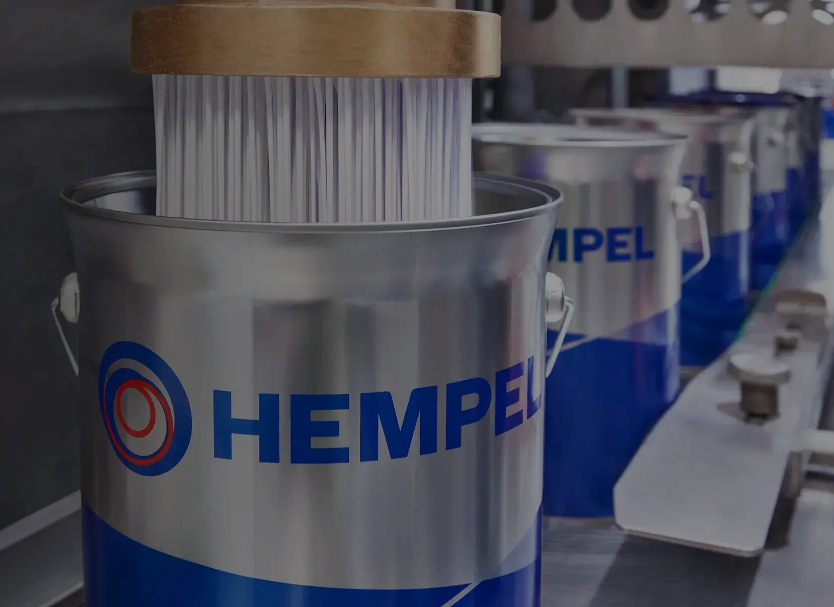
The paint on the nitrogen generator body not only affects the appearance but also needs to meet the environmental protection requirements of food workshops. Minnuo selects two international coating brands:
- Danman Hempel: It has excellent corrosion resistance, can resist the humid and oily environment of food workshops, and prevent the paint from falling off and polluting the workshop.
- Norwegian Jotun: It meets the EU CE environmental certification, no volatile organic compounds (VOCs) are released, no odor, and will not cause indirect pollution to food. At the same time, the paint has strong adhesion and is not easy to fade or peel off after long-term use.
VI. Minnuo’s Monitoring and Alarm System: Real-Time Guardian, Eliminating Production Risks
Once the nitrogen purity is not up to standard or the equipment fails in the food packaging production line, the consequences are serious – it will not only lead to the scrapping of the packaged food but also may cause food safety complaints. Minnuo is equipped with a “full-dimensional monitoring + multi-mode alarm” system to protect the production.
1. Full-Dimensional Monitoring: Covering Purity, Pressure, Temperature, and Flow Rate
Minnuo’s monitoring system can real-time monitor five key parameters to ensure the transparency of the equipment operation status:
- Nitrogen purity: Real-time monitoring by NTRON oxygen analyzer, with an accuracy of 0.01%.
- Intake pressure: The Atlas Copco air compressor is equipped with a pressure sensor, with a monitoring range of 0-1.0MPa.
- Adsorption tower temperature: The temperature sensor monitors the working temperature of the adsorption tower (normal range 20-40℃) to avoid the decrease in the adsorption efficiency of the molecular sieve caused by excessive temperature.
- Nitrogen flow rate: The flowmeter displays the nitrogen output flow rate in real-time (unit: Nm³/h), facilitating enterprises to adjust according to production needs.
- Equipment failure: The Siemens PLC diagnoses equipment failures in real-time (such as valve failure, air compressor shutdown) and displays the fault code.
2. Multi-Mode Alarm: Sound and Light + SMS + Shutdown Protection, Quick Response
When abnormal parameters are detected, the system will trigger a multi-mode alarm to ensure that the management personnel can handle it in a timely manner:
- Sound and light alarm: The equipment is equipped with a sound and light alarm, the alarm volume is ≥85dB, and the light is red flashing, which can quickly attract attention in the workshop.
- SMS alarm: It supports binding the mobile phone numbers of 3-5 management personnel. When abnormal, it will automatically send an SMS (including fault type and occurrence time). Even if the management personnel are not in the workshop, they can know in time.
- Shutdown protection: If the nitrogen purity is lower than the set threshold (for example, the target value is 99.5%, and it is lower than 99.2%), the system will immediately cut off the nitrogen output pipeline and stop supplying nitrogen to the packaging machine. At the same time, it will keep the nitrogen generator itself running (for molecular sieve regeneration) to prevent unqualified nitrogen from entering the production process.
VII. Application Cases of Minnuo PSA Nitrogen Generator in Food Packaging: From Theory to Practice, Solving Enterprise Pain Points
Case 1: Baking Workshop – Extending Bread Shelf Life and Reducing Liquid Nitrogen Costs
A large baking enterprise (with a daily output of 50,000 bags of bread) previously used liquid nitrogen tanks to supply nitrogen, which had three pain points: ① The liquid nitrogen transportation cycle was long (twice a week), and the production line was shut down for 4 hours due to logistics delays; ② The liquid nitrogen volatilization loss rate was 18%, with an additional monthly loss cost of 30,000 yuan; ③ The nitrogen purity fluctuated (99.2%-99.8%), and the shelf life of some bread was only 7 days.
After switching to the Minnuo PSA nitrogen generator (model MN-5, nitrogen production capacity 5Nm³/h, purity 99.8%), three improvements were achieved: ① Real-time nitrogen production, no risk of supply interruption; ② The loss rate was reduced to less than 1%, saving 28,000 yuan per month; ③ The purity was stable at 99.8%±0.1%, the bread shelf life was extended to 15 days, and the customer complaint rate decreased by 60%.
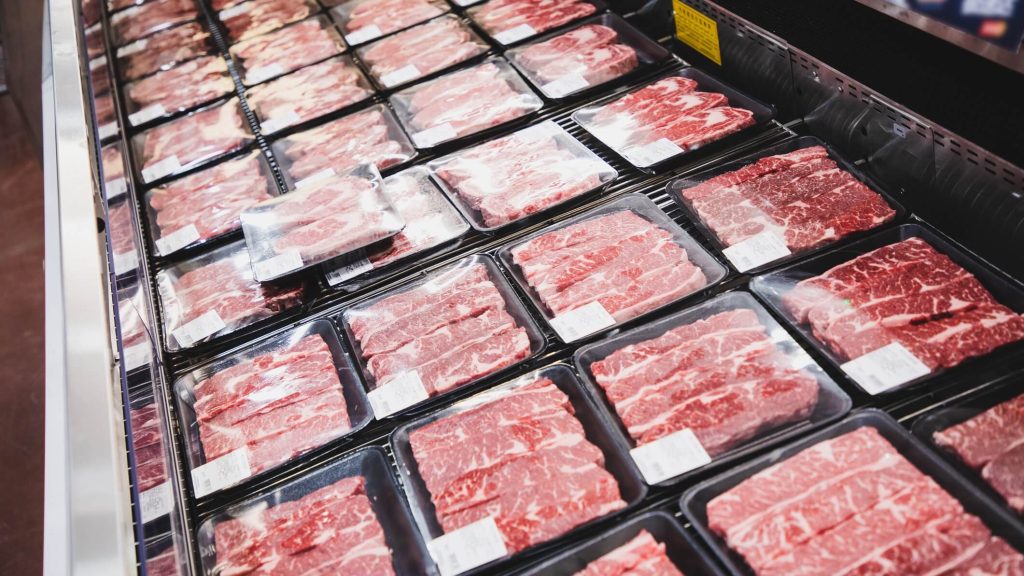
Case 2: Chilled Meat Packaging – Inhibiting Microorganisms and Maintaining the Color of Fresh Meat
A chilled meat enterprise (with a daily slaughter volume of 1,000 pigs) previously used vacuum packaging, which had problems such as fresh meat being crushed and deformed, and dull color (myoglobin oxidation in a vacuum environment), with a product unsalable rate of 10%.
After switching to the Minnuo PSA nitrogen generator (model MNPN-10/99.9-4, nitrogen production capacity 10Nm³/h, purity 99.9%), a “nitrogen + vacuum” composite packaging was adopted: first, vacuumize and then fill with 99.9% nitrogen. The fresh meat maintained a bright red color (stable myoglobin), no crushing and deformation, the total number of microbial colonies decreased by 80%, the unsalable rate dropped to less than 2%, and the product premium space increased by 15%.
VIII. Minnuo’s Service Guarantee: From Customization to Maintenance, Full-Cycle Support
Choosing a PSA nitrogen generator is not only choosing equipment but also choosing long-term services. Minnuo provides “full-cycle services” for food enterprises to solve their worries:
- Customized solutions: Conduct on-site surveys of the workshop environment (area, layout, production scale), and customize purity and nitrogen production capacity solutions according to the type of food (baking, meat, fruits and vegetables). For example, 316 stainless steel pipes are recommended for aquatic product processing workshops, and dehumidification devices are added for high-humidity workshops.
- Professional installation: Certified engineers conduct on-site installation, strictly following the hygiene standards of food workshops (such as pipe disinfection before installation, avoiding cross-contamination). After installation, purity testing and leakage detection are carried out to ensure the equipment meets the standards.
- Regular maintenance: Establish customer equipment files and conduct regular on-site maintenance (once every 3 months), including replacing filter elements, checking the status of molecular sieves, and calibrating oxygen analyzers. At the same time, remote fault diagnosis is provided (remote troubleshooting through PLC data).
- Personnel training: Provide free training (theory + practical operation) for operators, including equipment operation, parameter setting, fault judgment, and daily cleaning, to ensure that enterprises can independently carry out operation and maintenance.
- Emergency response: Commit to 24-hour emergency response, on-site maintenance within 4 hours in urban areas, and on-site maintenance within 8 hours in suburban areas, minimizing downtime.
Conclusion: Minnuo – The “Nitrogen Safety Partner” in the Food Packaging Industry
In the food packaging industry, “safety” and “efficiency” are indispensable. Based on “core components from international brands”, with “food-grade clean design” as the standard and “full-cycle services” as the guarantee, Minnuo PSA nitrogen generator focuses on “safeguarding food safety” in every detail, from the cleanliness of intake air to nitrogen purity, from pipe transportation to real-time monitoring.
Whether it is extending the shelf life, reducing costs, or improving product quality, Minnuo can provide customized nitrogen solutions for food enterprises. Choosing Minnuo is choosing a “nitrogen safety partner” – allowing every bag of food to maintain the best taste and safety under the protection of clean and high-purity nitrogen, and reach the hands of consumers.

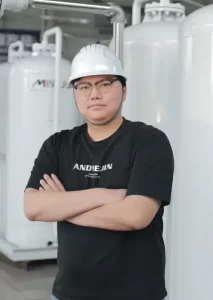
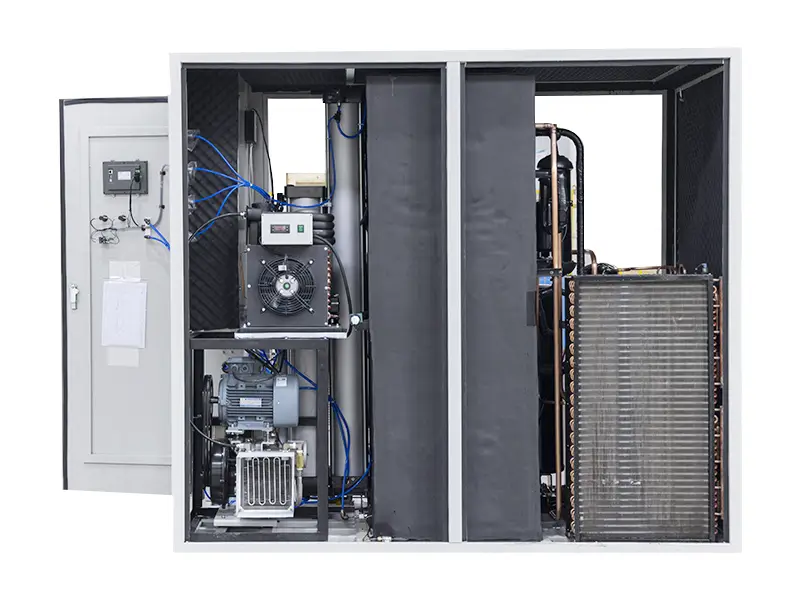
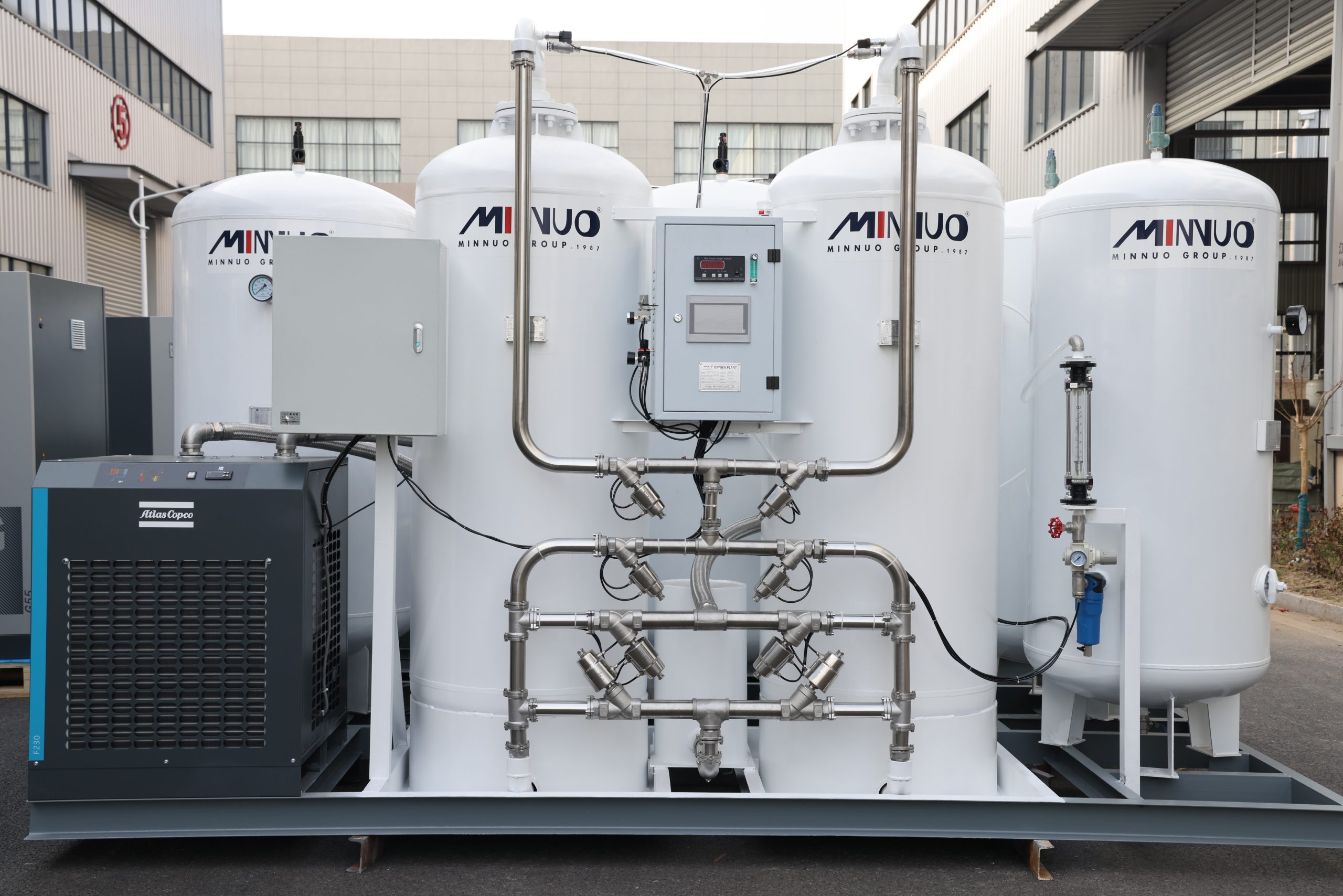
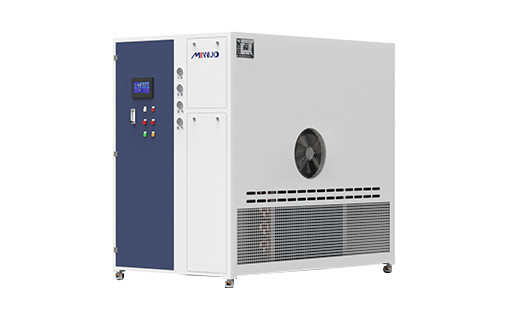

 sales2:+86 17506119168
sales2:+86 17506119168

